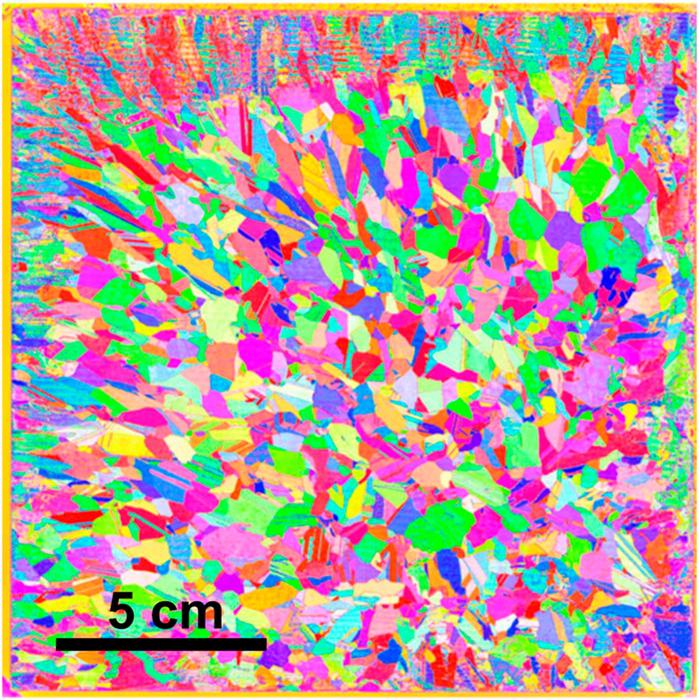Drinking water can also be checked easily

Credit: Professor Tilo Pompe (left) and doctoral researcher David Rettke from the Institute of Biochemistry are developing a method for the rapid detection of glyphosate.
Photo: Swen Reichhold, Leipzig University
Professor Tilo Pompe from the Institute of Biochemistry at Leipzig University has now reported on the scientific basis of the project together with his colleagues in the journal Biosensors and Bioelectronics.
“Until now, scientists have used costly laboratory methods to detect glyphosate. The detection principle we have developed uses the natural reaction of glyphosate in plants. By imitating this mechanism, the detection principle is highly specific,” he said. The corresponding enzyme is bound to a chip surface. During detection, elastic hydrogel microparticles bind to this surface. If glyphosate is present in the detection solution, then depending on the concentration this inhibits the binding of the microparticles to the chip surface. “By using microparticle binding, the detection method offers an extremely high level of sensitivity with regard to pesticide limits for drinking water,” said Pompe. At the same time, the method could be applied in practice as a simple, mobile detection principle using optical readout procedures.
For this reason, the current research project is also working with Saxon companies to develop a mobile readout device. At the same time, a patent application has been filed for the detection principle and companies are currently being sought to bring it to market.
###
Original title of the publication in Biosensors and Bioelectronics:
“Picomolar glyphosate sensitivity of an optical particle-based sensor utilizing biomimetic interaction principles”, https:/
Media Contact
Susann Huster
[email protected]
Original Source
https:/
Related Journal Article
http://dx.






